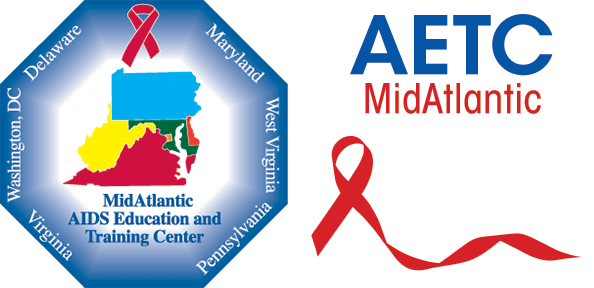The Panel on the Antiretroviral Guidelines for Adults and Adolescents updated two sections of the Guidelines. These sections are Early (Acute and Recent) HIV Infection and Discontinuation or Interruption of Antiretroviral Therapy.
Early (Acute and Recent) HIV Infection
• In this revision, the Panel suggested a HIV RNA level of <10,000 copies/mL in a person suspected to have acute HIV may represent a false-positive test result. The Panel noted that given the improved sensitivity and specificity of current HIV RNA tests in the presence of compatible symptoms or exposure history, even a low HIV RNA concentration (e.g., <3,000 copies/mL) in the setting of a negative or indeterminate HIV antibody test result may represent acute HIV. The Panel noted that, in rare cases, a HIV RNA <3,000 copies/mL may represent a false-positive quantitative test result. In that case, repeat testing should be done to confirm the diagnosis. This section has been updated to revise this threshold.
• Further, the Panel also provided updated information regarding diagnosis of acute HIV in individuals who are receiving pre-exposure prophylaxis and subsequent initiation of antiretroviral therapy (ART).
Discontinuation or Interruption of Antiretroviral Therapy
• This section has been updated to include discussions regarding discontinuation or interruption of long-acting antiretroviral drugs, including ibalizumab and the intramuscular formulations of cabotegravir and rilpivirine. The section also includes discussions regarding steps to take before and during ART interruption for people with HIV who participate in clinical trials that involve analytical treatment interruptions.
For additional details on these updates, previous updates, and for all future updates, please visit What's New in the Guidelines? | NIH (hiv.gov).
